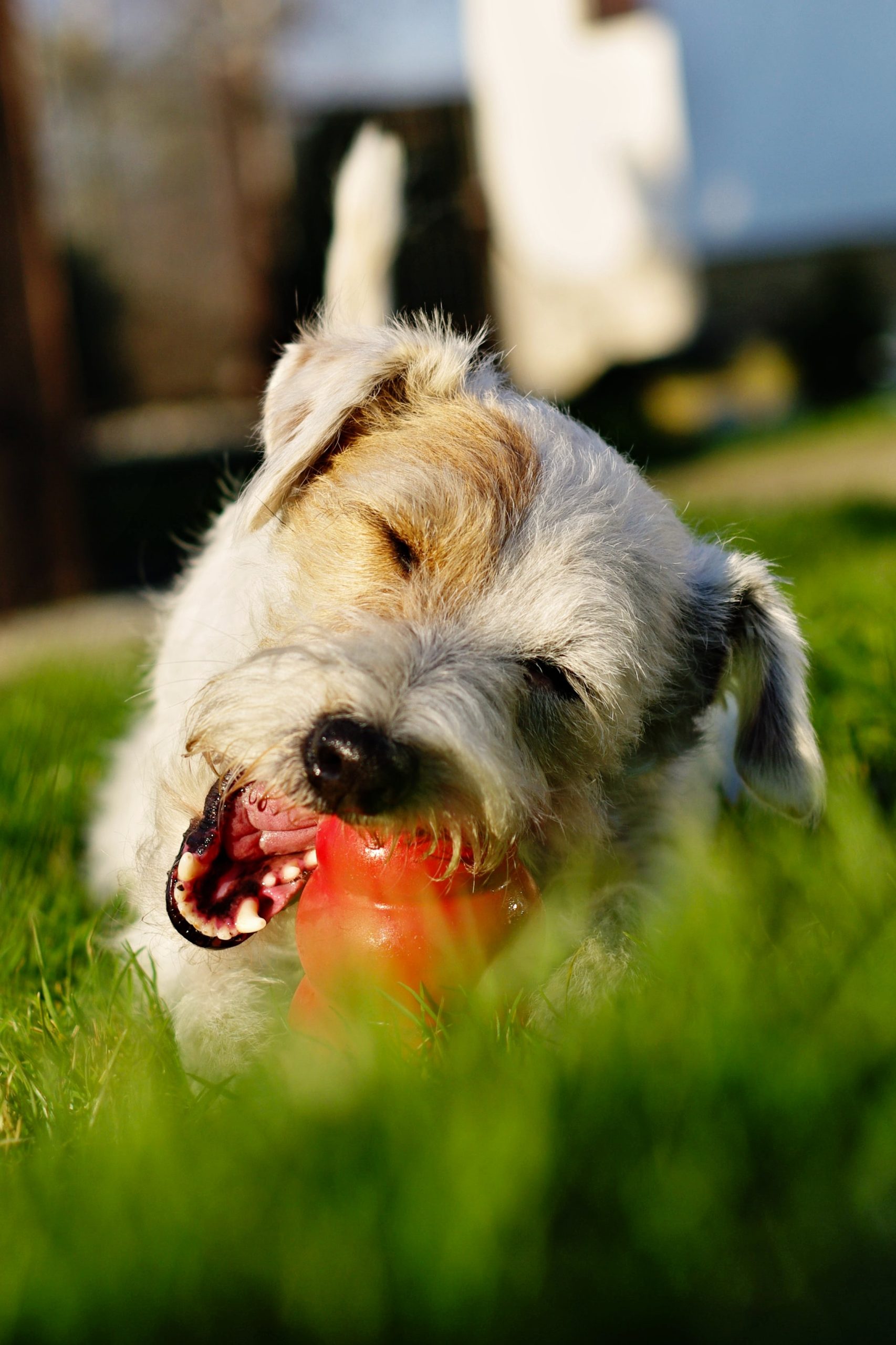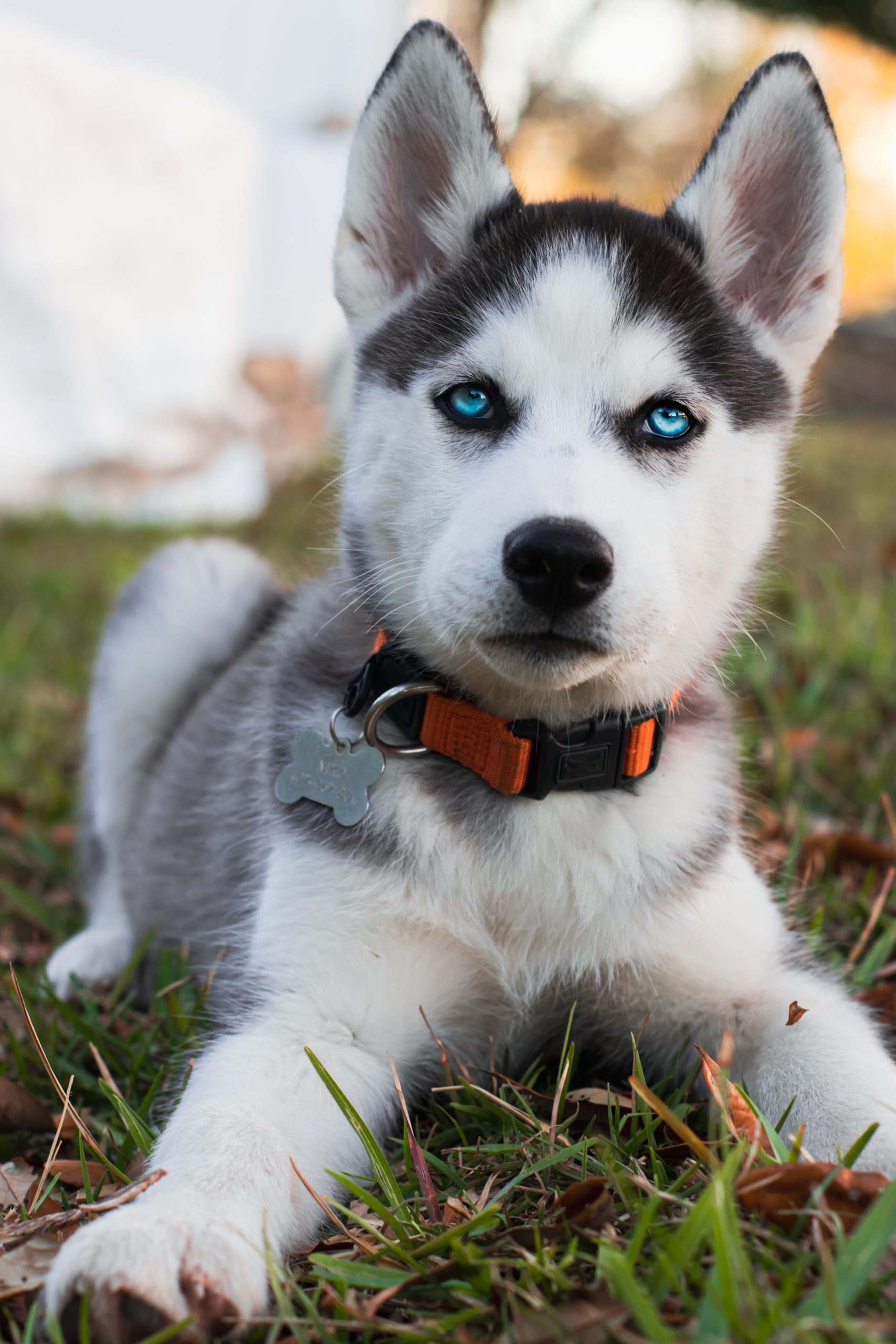Meeting the Energy Needs of High-Energy Dog Breeds: A Comprehensive Guide
This article discusses the energy requirements and exercise needs of high-energy dog breeds, and provides tips on how to properly meet their needs through activities, training, and nutrition.
Understanding High-Energy Dog Breeds
High-energy dog breeds, like Border Collies, Australian Shepherds, and Jack Russell Terriers, are well-known for their remarkable energy levels and their need for regular physical and mental activities to prevent boredom and undesirable behaviors. [2]. For instance, Border Collies, as a highly energetic breed, are known for their exceptional intelligence and work ethic. Without adequate physical and mental exertion, they can exhibit behaviors such as chasing shadows or lights, which may become compulsive and hard to control without proper stimulation.
It is crucial to recognize that making high-energy dogs active members of the household is vital to their well-being. This involves providing them with plenty of exercise and mental stimulation to prevent boredom and problem behaviors. For example, Australian Shepherds, a breed known for its high energy and intelligence, require activities that challenge their minds and bodies. Engaging them in activities like obedience training, advanced tricks, and interactive games not only burn off physical energy but also provide the mental stimulation they need to thrive and stay well-behaved. Therefore, engaging these breeds in daily exercise routines, hobbies like hiking or agility training, and obedience training is essential to maintain their physical and mental well-being, and prevent the development of any problem behaviors.
Energy Requirements of High-Energy Dog Breeds
High-energy dog breeds have specific energy requirements that are influenced by various factors such as age, size, and health condition. Puppies, for instance, have higher energy levels and require short bursts of exercise throughout the day, so their energy needs are different from those of adult or senior dogs. Additionally, the size of the dog also plays a role in determining its energy requirements. Larger breeds may require more food and energy to sustain their active lifestyle compared to smaller breeds. Furthermore, the health condition of the dog is a crucial factor in determining their energy needs. Dogs with certain health conditions may have specific dietary requirements that impact their energy levels and overall well-being. Different dog breeds have distinct exercise needs by breed.
Feeding high-energy dog breeds based on veterinarian recommendations, age, size, and individual needs is essential in meeting their energy requirements. For example, a veterinarian may recommend specific diets tailored to the breed, size, and health condition of the dog to ensure they receive the necessary nutrients to support their energy levels. Additionally, providing proper nutrition not only impacts their physical energy but also influences their behavior. For instance, feeding a high-energy dog lower protein food can help maintain their weight and calm them down, contributing to an overall balanced energy level and demeanor. Therefore, understanding the specific energy requirements of high-energy dog breeds and catering to their nutritional needs is vital in ensuring they lead healthy and active lives.
Exercise Needs of High-Energy Dog Breeds
High-energy dog breeds, such as the Border Collie, Australian Shepherd, and Jack Russell Terrier, have specific exercise requirements that are vital for their physical and mental well-being. These breeds are known for their high energy levels and need daily exercise to prevent problem behaviors such as excessive barking, digging, and jumping. Without adequate physical and mental stimulation, these dogs can become bored and exhibit destructive behaviors.
In addition to daily walks, high-energy dog breeds benefit from engaging activities like nosework, sports and agility, hikes, and brain games. These activities not only provide physical exercise but also mental stimulation, which is crucial for these intelligent and active breeds, [3]. For indoor exercise, training methods such as obedience training, interactive puzzle toys, and hide-and-seek games can be used to provide mental stimulation and physical activity, especially during inclement weather or in smaller living spaces, [3]. It is important to tailor these activities to the individual dog’s energy level, age, and health to ensure they receive the appropriate amount of exercise and mental stimulation.
Training and Behavioral Management
Engaging the body and mind of high-energy dog breeds through training is essential to prevent problem behaviors and ensure their overall well-being. For instance, high-energy breeds like Border Collies, Australian Shepherds, and Jack Russell Terriers require mental stimulation and physical activities to channel their energy positively and prevent boredom-induced problematic behaviors such as excessive barking, digging, and jumping, [2].
In addition to regular exercise, incorporating training methods like crate training, teaching impulse control, and encouraging independent play can significantly contribute to calming energetic dogs. For example, crate training can provide a safe space for high-energy dogs, teaching them to relax and manage their impulses, while independent play can help them learn to self-entertain and stay mentally engaged. Ultimately, the right training and behavioral management can transform high-energy dogs into well-behaved and content companions within the household, [2].
Tailoring Exercise Routines
When it comes to tailoring exercise routines for high-energy dog breeds, it’s essential to consider the distinct exercise needs of different age groups. Puppies, for example, have an abundance of energy and require short bursts of exercise throughout the day to help them stay healthy and happy. Engaging them in activities like short walks, play sessions, and basic obedience training can help satisfy their energy levels and promote proper growth and development. On the other hand, adult dogs’ exercise requirements are influenced by their breed and health conditions. For instance, a high-energy breed like a Border Collie may thrive on activities such as agility training, while a high-energy but older dog may require low-impact exercises like swimming to support their aging joints and muscles. Senior dogs, in particular, may not be able to run as far but still require regular exercise to maintain their overall well-being. Tailoring exercise routines to include activities like gentle walks, light play sessions, and mental stimulation exercises can help senior dogs stay active and mentally engaged in their golden years, promoting better mobility and cognitive function.
Moreover, it’s crucial to customize exercise routines based on breed, age, and health considerations. For example, engaging high-energy dog breeds in activities such as swimming can provide both physical exercise and mental stimulation. This activity not only helps them burn excess energy but also offers a low-impact form of exercise, making it suitable for all age groups, from puppies to seniors. Additionally, incorporating obedience training and participating in dog sports like agility can provide high-energy breeds with the mental stimulation they crave, while also keeping them physically fit. Customizing exercise routines to include a mix of high-intensity and low-key activities, tailored to the specific needs of the breed, age, and health of the dog, is vital for ensuring that they remain happy, healthy, and well-exercised, [4].




